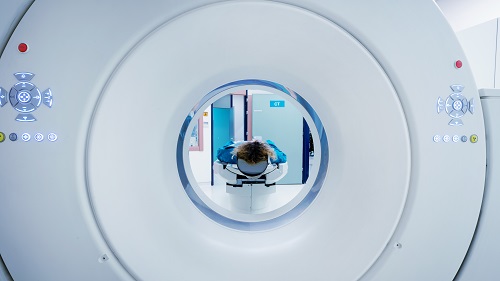
May 27, 2022 – An ongoing shortage in the U.S. of iodinated CT contrast is prompting radiology departments to make dramatic changes in imaging protocols and patient triage from the short- to long-term, according to a special report published earlier this month in Radiology.
A group led by Dr. Thomas Grist of the University of Wisconsin in Madison offered a range of strategies for coping with the situation and urged radiology departments to assess how they procure CT contrast.
In May, the Greater New York Hospital Association (GNYHA) warned its member hospitals about a shortage of GE Healthcare’s Omnipaque iodinated contrast media, caused by a COVID-19 lockdown in Shanghai, China, where GE’s main manufacturing facility is located. As of the publication of the report, one-third of GE’s Shanghai workforce was quarantined in the compound, according to Grist’s group.
GE’s other facility capable of producing Omnipaque, in Cork, Ireland, is operating at maximum capacity. The company “expects the shortage to be most severe over the next two weeks, with persistent supply issues through the end of June 2022,” the authors wrote. Though things may be improving.
“As I understand, the Shanghai production facility is now at 50% production, which is good news, and the manufacturer has shifted to delivery by air rather than by ship, so I am optimistic that the trajectory is in a good direction,” Grist said.
The supply chain disruption is having negative effects on patient care, but it’s possible that coping with COVID-19 has prepared radiology to better handle the situation, Grist said.
Bayer, Bracco Diagnostics, GE, and Guerbet all supply iodinated contrast media to U.S. hospitals; the agents consist of iohexol and iopamidol, and these two agents split the market share. But Bayer, Bracco, and Guerbet aren’t able to boost production to meet contrast demand in the face of GE’s supply chain crunch, the authors explained…
Read the full article here
